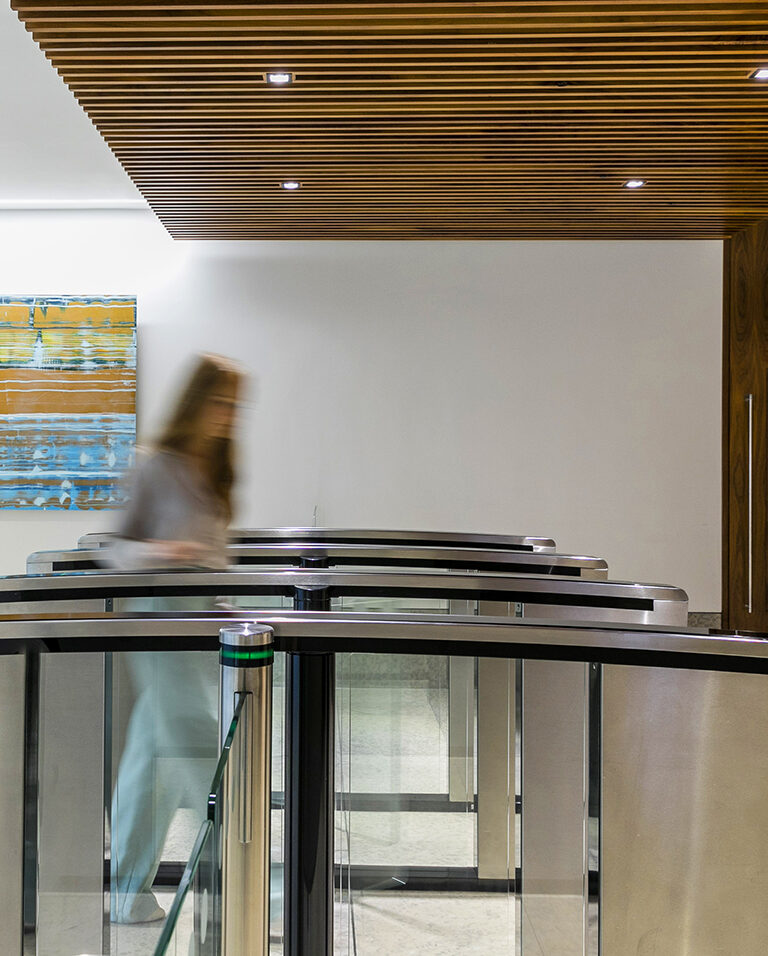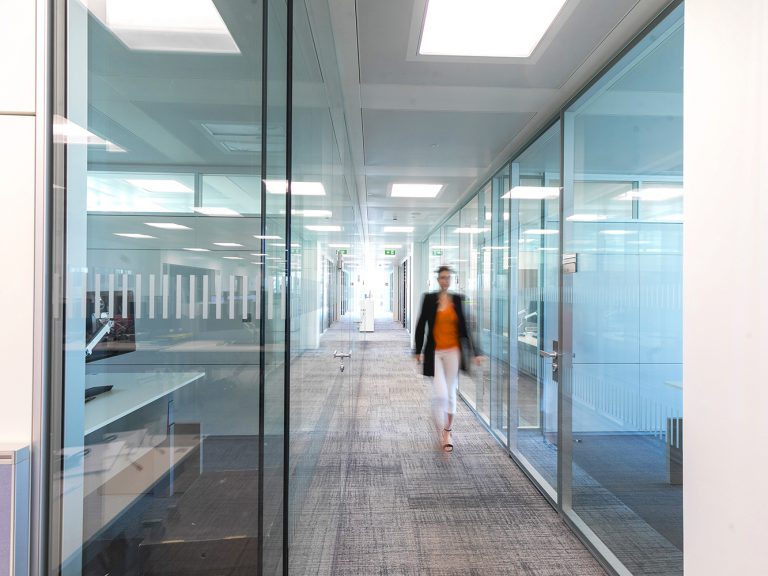

Updated guidance on the return to workplaces: Maintaining good practice is key
The Government has published updated guidance for employers and workers which sets out best practice for keeping workplaces safe now that a return to workplaces is underway. The “Transitional Protocol: Good Practice Guidance for Continuing to Prevent the Spread of COVID-19”, which extensively revises the Work Safely Protocol and is now a guidance document, notes the easing of public health measures, while emphasising a continued focus on personal protective behaviours, based on individual and sectoral risk assessments, for the coming period.
Many of the public health measures which were contained in the Work Safely Protocol remain but as recommendations of good practice for employers, in consultation with their workers, to consider maintaining, rather than as requirements. It states that employers, workers and/or their recognised Trade Union or other representatives need to continue to have regular engagement about COVID-19 infection prevention and control (IPC) measures in workplaces.
Aim of the Transitional Protocol
This guidance document is designed to support the transition back to workplaces, rather than complicate it and will be updated, and reviewed as necessary, in the period ahead. It is a general document applicable to all sectors and is not designed to prohibit the introduction of specific measures in particular sectors or workplaces.
What does the Transitional Protocol say?
- From 24 January, the requirement to work from home unless it is necessary to attend the workplace in person ended and a phased return to physical attendance in workplaces has commenced. It reiterates that this phased return “should proceed dependent on the circumstances of individual workplaces, informed by consultations with workers, and as appropriate to each sector”.
- The general requirement for physical distancing of 2 metres in workplaces has been removed.
- The legal requirement to wear a face mask/covering remains in place for the time being for specific regulated settings only (e.g. healthcare, public transport, taxis, public offices, retail premises) or when involved in the preparation of, or service of, food or beverages for consumption on the premises. However, the guidance notes that it remains good practice to continue to use face masks/coverings particularly in crowded areas. Individuals at high or very high risk should also follow public health advice in relation to mask wearing, including wearing a surgical or FFP2 mask when in crowded indoor settings. It also states that employers should continue to support and facilitate the use of face masks by workers who may wish to continue to use them.
- The need to maintain contact details of those attending the workplace has been removed. However, employers may need to provide “attendance information” to the Department of Public Health in the event of an outbreak in the workplace.
- The guidance recommends a number of measures, the continued implementation of which, will contribute to preventing the spread of COVID-19 in workplaces. These steps are:
5.1 Employers should keep their COVID-19 Response Plans in place and up-to-date
Employers are encouraged to maintain the role of the Lead Worker Representative (LWR) in each workplace, with at least one LWR in place for an appropriate transition period, along with the continued use of occupational health and safety (OSH) risk assessments and safety statements, measures to deal with any suspected cases of COVID-19 in the workplace, and any specific measures or response for dealing with an outbreak.5.2 Employers should maintain policies and procedures for prompt identification and isolation of workers who may have symptoms of COVID-19
The guidance sets out practical steps which both employers and workers should continue to take to ensure the management and isolation of potentially infectious individuals to protect the workers involved, their colleagues, customers or others and to prevent an outbreak in a workplace from spreading.5.3 Employers should maintain COVID-19 Infection Prevention and Control (IPC) measures
While many public health measures have been removed, the guidance recommends that employers, in consultation with their workers and following consideration of their individual workplaces, maintain the following measures: the promotion of rapid self-isolation when a worker is symptomatic, the appropriate use of face masks (outside of specific regulated sectors where face masks are required), physical distancing, hand and respiratory hygiene, cleaning, ventilation and signage. - At risk workers, those in the high or very high risk (extremely vulnerable) category, may be particularly concerned about returning to the physical workplace and employers should engage with them to address their concerns. The guidance notes that a fitness for work medical risk assessment may also need to be completed.
- Employers should engage and communicate with workers and their representatives on the return to the workplace. The Government has called on employers, in consultation with their employees, to develop or finalise their long-term arrangements for blended or remote working and draft legislation has been published to formalise this. Our briefing on the General Scheme of the Right to Request Remote Working Bill is available here.
- Employers in sectors and workplaces where direct customer or client contact occurs, will need to review the measures in place. Continued provision of hand sanitisers at entry and exit points, displaying advice on COVID-19 in prominent locations and maintaining regular cleaning should be continued.



